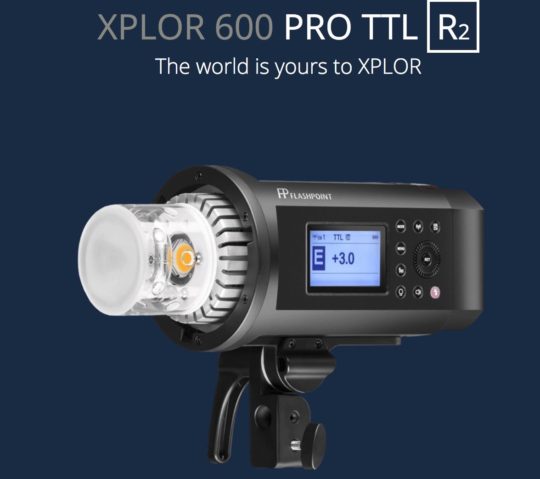Flashpoint XPLOR 600PRO / Godox AD600 Pro Available for Pre-order – FULL SPECS
Adorama has the Flashpoint XPLOR 600 PRO (rebranded Godox AD600 Pro) available for pre-order here. Pre-Order Price $899. You can find the full specs at Adorama here, and an overview below.
The Godox AD600PRO will be soon available for pre-order also at BHphoto and AmazonUS.
SPECS/FEATURES OVERVIEW
+
AD600PRO Vs. AD600





